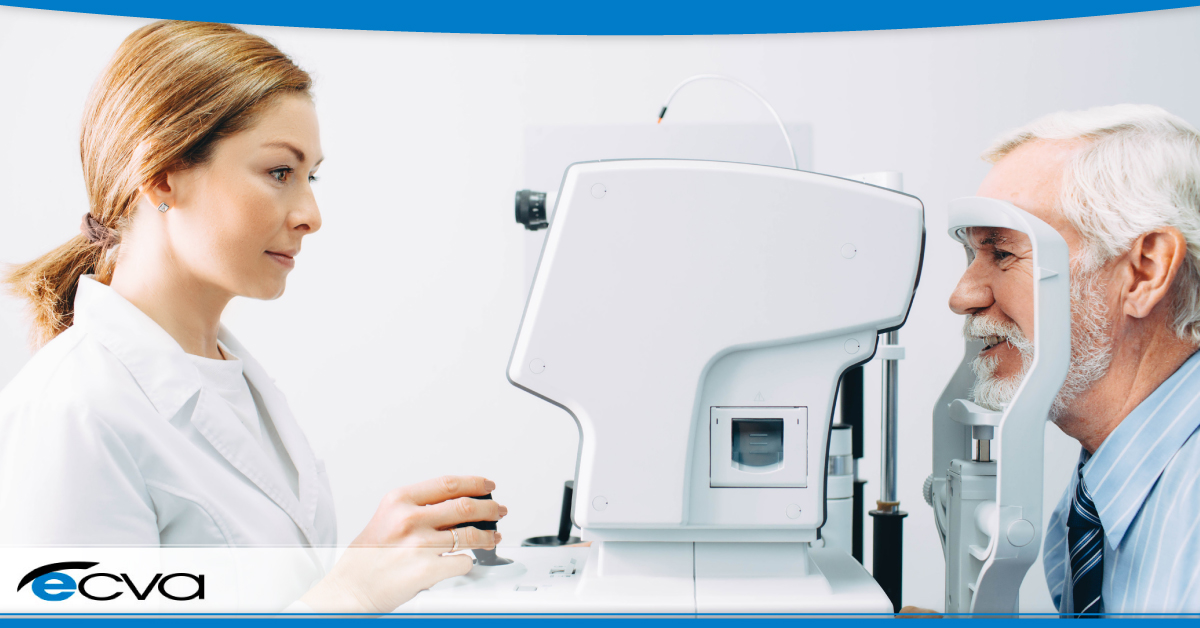If you live long enough, nearly everyone will have cataracts, a medical condition that causes the deterioration of your vision. Cataracts currently affect more than 24.4 million Americans aged 40 and older. By age 75, one-half of all Americans will have cataracts. For most people, developing cataracts is simply part of the aging process. Fortunately, cataract surgery can safely remove the cataract and replace it with clear premium intraocular lenses to restore your vision.
This blog will help you understand how a premium cataract lens replacement can restore your vision from cataracts. There are several premium lenses to choose from for your cataract surgery. Here’s what you need to know about how premium intraocular lenses can restore your sight and sometimes even eliminate your need for glasses.
What is a Premium Lens Implant for Cataract Surgery?
Premium intraocular lenses, or IOLs, are a type of artificial lens that implants in the eye during cataract surgery. These premium lenses for cataract surgery are designed to correct vision problems, including:
- Nearsightedness (myopia), a refractive error of the eye that causes distant objects to blur while close-up objects remain clear.
- Farsightedness (hyperopia) is a refractive eye error that causes close-up objects to blur while far objects remain clear.
- Presbyopia is an age-related eye condition that makes it harder to see up close. The condition begins around age 40 and gradually worsens. Presbyopia can’t be prevented but the condition can be cured with a specific type of premium intraocular lens.
Each type of premium intraocular lens has a different benefit. The best choice of premium lenses for your cataract surgery depends on your visual needs and preferences. It’s important to talk with your doctor about your options.
Each type of lens also has a different cost.
How Much Does a Premium Lens Replacement Cost?
According to Forbes Health, the average cost of cataract surgery in 2023 varies from $1,789 in an ambulatory surgical center to $2,829 in a hospital outpatient setting.
The cost of premium cataract lens replacement varies widely. There are several factors affecting the cost of your surgery:
- The type of premium lenses for cataract surgery that your doctor chooses.
- The experience the surgeon has with premium cataract lens replacement.
- The location of the surgical center where you have your premium cataract lens replacement.
- If you have additional tests or services before or after the procedure.
Both Medicare and Medicare Advantage currently cover at least a portion of cataract surgery with a conventional intraocular lens. Each private insurance company differs, so check with your plan to see what they offer. Each private insurance company differs, so check with your plan to see what they offer.
Factors to Consider When Choosing a Premium Lens for Cataract Surgery
Choosing the type of premium lenses for cataract surgery is a complex decision. There are several things to keep in mind:
- What is Your Desired Range of Vision? Discuss your vision goals with your surgeon. For example, you may want to improve your distance vision and reduce your need for glasses.
- Do You Have Astigmatism? If you have astigmatism, there are specific types of premium intraocular lenses (toric IOLs) to help correct the condition.
- Are You a Nighttime Driver? Many patients experience better nighttime vision after premium cataract lens replacement.
Talk with your doctor about your lifestyle and goals for your cataract surgery. Together, you’ll make an informed decision about the best IOL for you.
Types of Premium Intraocular Lenses (IOLs)
Unlike standard IOLs that only correct distance vision, premium lenses for cataract surgery are designed to provide a wider range of vision and potentially lessen the need for contacts or glasses after surgery. Premium lenses come in several different types:
- Multifocal IOLs with multiple focusing zones to allow for clear vision at different distances.
- Accommodating IOLs have a flexible design that changes shape in the eye in response to muscle movement. These lenses also allow for clearer vision at a distance or up close.
- Toric IOLs correct astigmatism and provide sharper vision after cataract surgery.
- Extended depth of focus (EDOF) IOLs not only sharpen vision but they manipulate light in a way that reduces glare and halos.
Two of the most common premium intraocular lenses recommended by The Eye Care & Vision Associates (ECVA) team include:
- The Alcon PanOptix Trifocal Lens
- The AcrySof IQ Vivity Lens
Alcon PanOptix Trifocal Lens
The Alcon PanOptix Trifocal Lens is a premium IOL designed to provide clear vision at multiple distances, including near, intermediate, and far. This lens uses a proprietary trifocal design that splits the light into three focal points, which sharpen your vision at different distances. The Alcon PanOptix Trifocal Lens design lets patients see at various lengths without needing glasses or contact lenses. The Alcon PanOptix Trifocal Lens was the first and only trifocal IOL approved by the U.S. Food and Drug Administration (FDA). It’s been successfully implanted by eye surgeons all over the world. Clinical studies show an extremely high rate of 20/20 vision post-surgery at all distances.
AcrySof IQ Vivity Lens
The AcrySof IQ Vivity Lens uses a unique design known as X-Wave technology. This lens has an extended range of vision, smoothly transitioning between near, intermediate, and distance vision. The AcrySof IQ Vivity Lens provides continuous vision at different distances without needing contacts or glasses. The AcrySof IQ Vivity Lens is made of a material called hydrophobic acrylic, a type of plastic that is safe for the eye. The FDA has also approved this lens.
Choose the Right Premium Lens for Your Cataract Surgery in Buffalo, NY
We know you have choices when selecting an ophthalmologist to perform your cataract surgery. The ECVA is standing by to give you the best clinical experience and clearest vision throughout your lifetime. Our experienced, compassionate team has four convenient locations in Elmwood Village, Orchard Park, Williamsville, and Niagara Falls. We’re standing by to answer all your questions about premium cataract lens replacement. Call on us. We’re here to help. Request an appointment with our cataract surgeons today!










